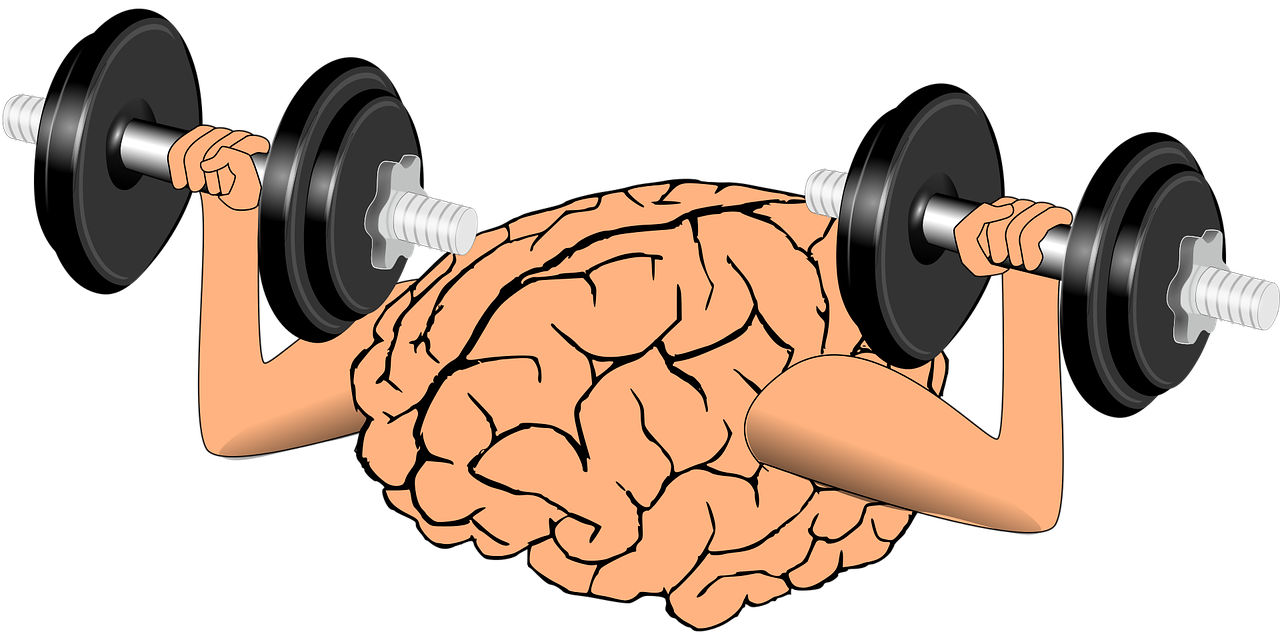This post was written with rights granted to TeachBoost© and published as part of the “Your Coaching Toolbox” blog series. It has been cross-posted with permission.
Between stints as a coach in my previous district and my current one, I wanted to learn more about how to support teachers and decided to take a massive open online course (MOOC) called “Coaching Teachers: Promoting Changes that Stick.” This course provided the first opportunities for me to get introduced to the term “growth mindset.” The MOOC, created and facilitated by the Match Education organization, provided participants with many meaningful messages and useful strategies and, most importantly, we learned to use the “growth mindset” concept to support the teachers we work with.
Growth mindset is a term coined by Stanford University psychologist, Carol Dweck, and made famous in her 2006 book called “Mindset: The New Psychology of Success.” Dweck’s research led her to conclude that there are two general mindsets people hold when it comes to dealing with change and growth: either a fixed mindset or a growth mindset. According to Dweck’s accompanying web site, in a fixed mindset, people believe their basic qualities, like their intelligence or talent, are simply fixed traits. They spend their time documenting their intelligence or talent instead of developing them. They also believe that talent alone creates success, without effort. In a growth mindset, however, people believe that their most basic abilities can be developed through dedication and hard work—brains and talent are just the starting point. This view creates a love of learning and a resilience that is essential for great accomplishment.
Understanding the differences between the two mindsets and how the MOOC categorized people into four types of resistance according to their specific fixed mindsets have been instrumental in my work as an instructional coach. This understanding allows me to evaluate a teacher’s resistance and respond to them accordingly. I have worked with teachers who become resistant due to a fixed mindset because they are fearful; others resist because they feel inadequate. Of course, some are simply too comfortable—they have been set in their ways for a long time and feel that any change now would be unbearable. While all of these types of teacher resistance are challenging to thwart, they can be transformed. People can change their mindsets with any amount of help from others, or a lack thereof. However, real meaningful change happens when someone decides to transform their own fixed mindset into a growth mindset.
The work of a good coach is not forcing change upon someone but rather coaxing them to want to change something about himself or herself. At the end of the day, however, no one will change unless they see a need for it.
Change in the time of rapid change
When I began my teaching career, the most advanced technologies I had available to me and my students were the chalk board and the overhead projector. Our ideas of engaging lessons usually included ones where students were burying their noses in independent reading books with little to no interaction or collaboration with their classmates. Why did we think that the quietest lessons were the ones that were the most effective? What I haven’t even mentioned yet is that I started teaching in 2006, and as hard as that is to believe, that’s what education was dealing with even eleven years ago. Not long after that, not only did educational technology take off, but so did instructional methods and our appreciation for, and search of, better ways to get students to reach higher levels of engagement and understanding. While things can change rapidly in education, how I embrace changes when they occur and anticipate the ones that have yet to are what allow me to continue to provide quality education to today’s students.
As an instructional coach, I find this to be one of the most important parts of the job. It’s one that is not likely to be listed in a coach’s job description, or even that of a school- or district-level administrator. It is, however, a necessary evil of being a leader. Working with colleagues or subordinates to grow their minds and help them embrace change is never easy. When I was hired as the instructional coach at my school my administrators asked me to focus on two overarching areas: pushing the utilization of instructional technology (we were heading into the second year of one-to-one laptop initiative) and boosting the level of student engagement in the classroom. The subtle challenge there was to actually improve student engagement so much that it would improve the overall discipline at the school by driving down the growing number of student discipline referrals, suspensions, and expulsions. These goals and challenges could never have been attained or handled with fidelity by anyone until teachers’ mindsets were preliminarily assessed and altered as necessary.
Why a growth mindset?
Last summer I attended an educational technology conference put on by the Leyden School District in Illinois. One of the keynote addresses was made by Josh Stumpenhorst, the 2012 Illinois teacher of the year, author, and trailblazing educator (his over 30,000 Twitter followers can likely attest to his influential thoughts and actions as an educator). In his address he said something that completely resonated with me as someone who helps others to grow their mindsets in order to adapt to change and push education forward: when he began teaching he simply needed to be more interesting than the squirrels and the trees outside his classroom window, yet he now has to be able to capture and hold the interest of today’s students by being more interesting than YouTube and other technological distractions. Educators everywhere are finding that the teaching methods that were successful in getting us to learn new information when we were in school are no longer relevant, engaging, or effective anymore for modern students. That is why I have been a big believer in growth mindset for a long time.
Virtually all successful people possess a growth mindset around many of the things they do. Conversely, those who hold fixed mindsets will never get beyond thinking that no matter what they do, they can never expect to see change, growth, or improvement.
Those with growth mindsets push themselves to improve something because they do not want to remain stagnant or unsuccessful.
Dweck’s research on growth mindset highlights this in that people with a growth mindset see their qualities as things that can be developed through their dedication and effort. Sure they’re happy if they’re brainy or talented, but that’s just the starting point, and this is where educators’ mindsets need to be if they are to truly change their instruction to meet the needs of the students who are currently sitting in their classrooms. They must ensure that students are learning relevant material through relevant technology and other media, or other low-tech methods according to which works best for their students. They must allow the students to become immersed in the content to the point where they themselves become the experts. They must allow students to reach higher levels of thinking and learning by synthesizing, analyzing, and creating content.
First, however, they must realize that there is a need to change based on something that has not been successful or remained stagnant for too long with little to no movement or growth whatsoever.
That is why instructional coaching positions have popped up all over educational institutions across the country and across the globe. These professionals, like myself, are tasked with the difficulty of getting teachers to find weaknesses in their students and themselves, then to plan and implement newer instructional methods that will be more successful. It’s a dirty job, but someone has got to do it!






